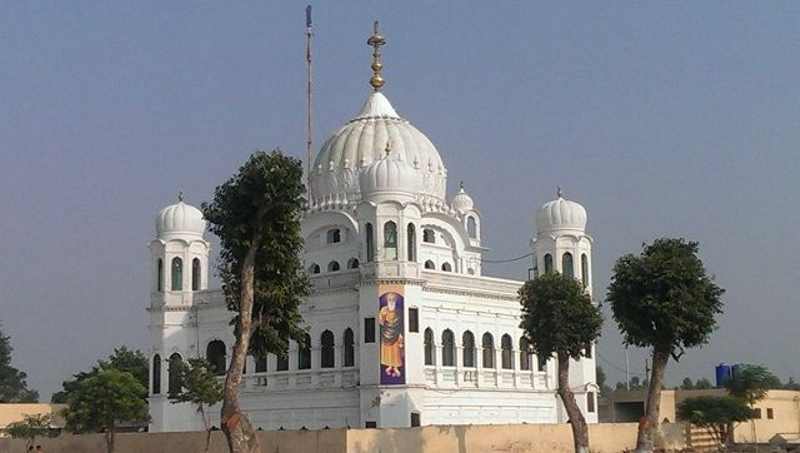
As a child, I was very curious about my religion. My grandparents would recite the prayers (paath) with us children in the evenings and take us to the Gurudwara for morning prayers. The daily Ardas (prayer) always included a clause,

which translates to “O Immortal Being, eternal helper of the Panth, benevolent God, bestow on the Khalsa the beneficence of unobstructed visits to and freedom to take care of Sri Nankana Sahib and other Gurdwaras and places of the Gurus from which the Panth has been separated.”
For an 8 year old, this seemed like a strange addendum in a spiritual prayer so I would ask questions relentlessly. My grandparents being survivors of Partition violence themselves, were a little hesitant to open up. It took many years for me to fully grasp what Partition meant, how the uprooting of families affected Sikhs and what it felt like to be unable to visit the birthplace of their Guru, or the first settlement where Sikhism was established. The pathos of lakhs of Sikhs in India who felt overpowered by the international politics of India-Pakistan is evident in this line of the daily Ardas. Everyone prays to someday be able to visit the Gurudwaras that have been separated from them by the border.
The opening of the Kartarpur corridor is thus eliciting a very emotional and nostalgic reaction from Sikhs, with many of them- especially elderly people- either already on their way or in the process of planning their pilgrimage to Kartarpur. Before this corridor, pilgrims from India had to take a bus to Lahore to get to Kartarpur, which is a 125 km journey (arduous for most elderly and disabled people) although people on the Indian side of the border could physically see Gurdwara Darbar Sahib Kartarpur on the Pakistani side. An elevated platform had also been constructed for the same on the Indian side, where people can use binoculars to get a good view of the Gurudwara. Though a substantial fee will be levied, the visits through the corridor will not require a visa, which is a big step.
The corridor inaugurated on November 9th, 2019 had a total of 562 pilgrims as part of the first ‘jatha‘ who visited Gurdwara Darbar Sahib on the first day of the pilgrimage. While the politicians and leaders are expressing their happiness and gratitude, all that matters for the pilgrims is the emotional relief-that there is hope for the fulfilling of each word of their Ardas.
I visited Gurudwara Hemkunt Sahib when I was 9 years old with my family. It is a brutal climb for most people and many pilgrims prefer to go in a kandi (a carrier strapped onto the back of a mountain guide) or by mule. I chose to climb on foot alongside my Father, and as we climbed the winding mountain with extremely sore legs for two days, I could only wonder, “Why are we doing this?”
I have always pondered the question of pilgrimage and visiting places of worship. Our holy book (Guru Granth Sahib) says “God is everywhere”, “God is inside us”, “God is in every living or inanimate thing”, then why must we visit a place to pay obeisance? Maybe it’s not about where we think God is. It’s about more than that. It’s about sharing spirituality with a community- it’s about roots, history, where we come from. It’s about our identity and faith, and tracing our own story back to the generations of wise Gurus who led us here. Maybe it reminds us of countless others who walked that place on a path of righteousness, maybe it reminds us of the kindness and love that brought a community together, a community that still stays true to those values more than 500 years later.
I have never considered myself religious, but I do love visiting Gurudwaras since I was a child. There’s always a story in every historical Gurudwara- maybe a Guru preached a message of love, maybe a wayward sinner found hope there, maybe a fighter found their final resting place after a courageous battle. History is always held in little pockets inside the places we make pilgrimages to. It is important to remember why we’re visiting a holy place, and what it means to us. For many Sikhs like me, Kartarpur represents the home of our ancestors, the place where it all started. Hope and faith live on, and I end this essay in the best way I can, with the final words of the daily Ardas,
“Nanak Naam Chardi Kala, teraa bhane sarbat da bhala”
(Nanak, with your name comes prosperity and with your blessings, peace for everyone)
